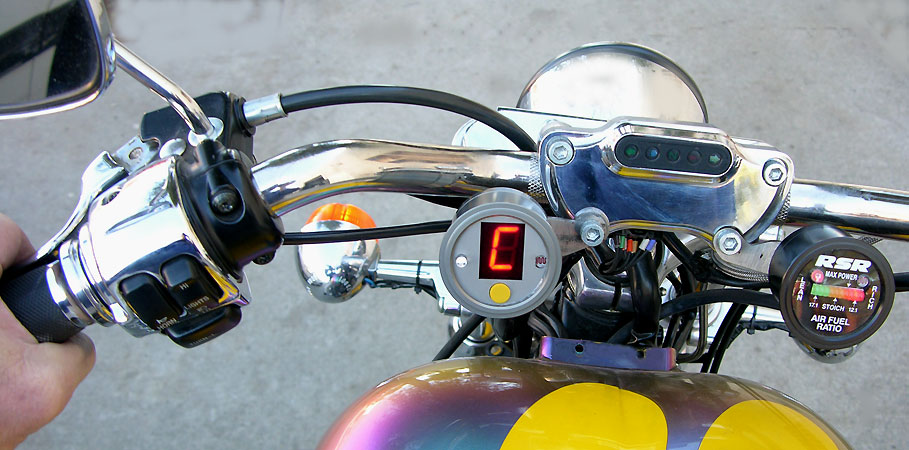cbcanada
Banned
I installed a new clutch lever today
The release point is closer to the hand grip. So it feels a bit different
Just want to be sure.. How can you tell if the clutch is completely disengaged when i release the lever?
The release point is closer to the hand grip. So it feels a bit different
Just want to be sure.. How can you tell if the clutch is completely disengaged when i release the lever?


